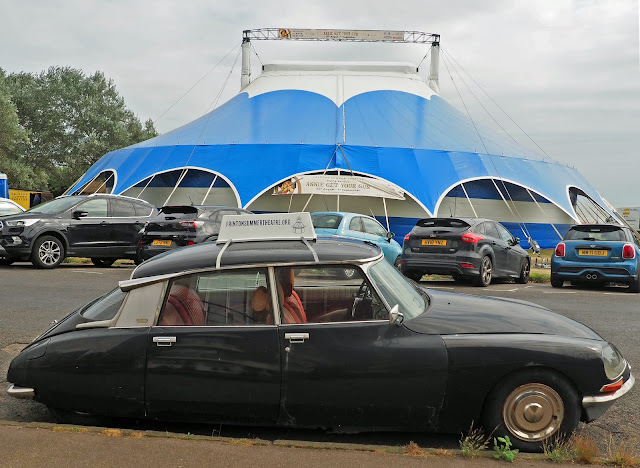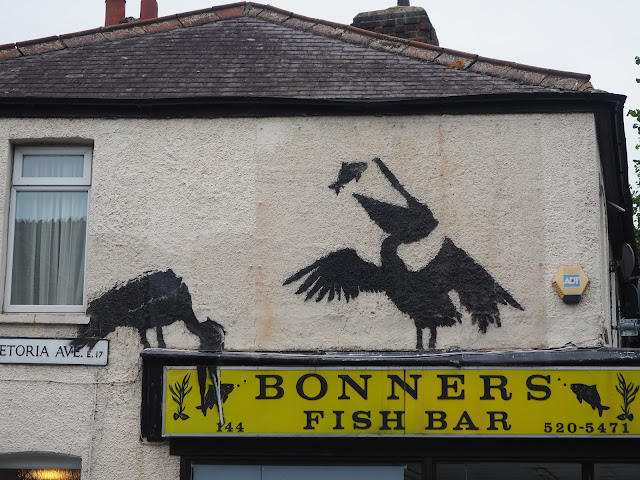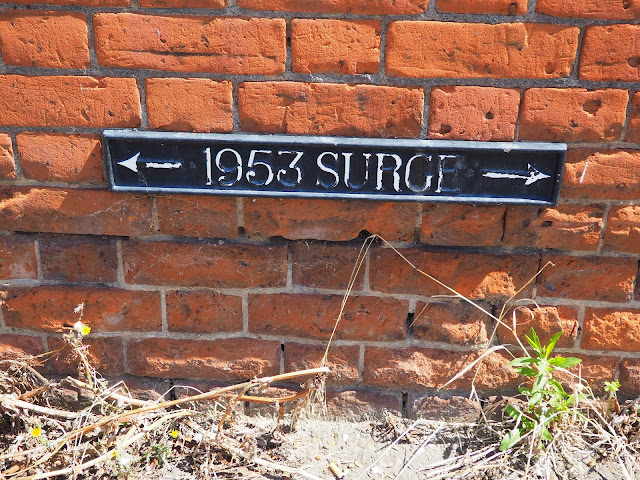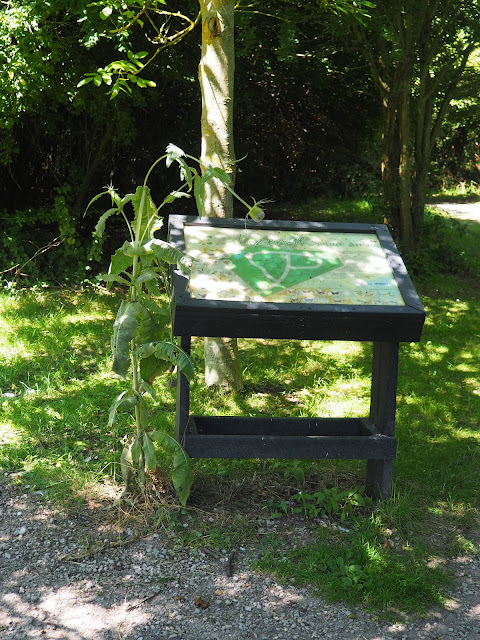And so we went to Frinton on Sea, in Essex, and not for the first time.
Like many people I usually go there to walk around and stare at the modernist architecture in the Frinton Park Estate and although we certainly did do that, I thought I needed a new angle, or at least variation on an old one. So I continued my comparatively recent obsession with circular windows, of which there was no shortage.
That was fine, but then I noticed there were also quite a few cool old cars on the street, which I hadn’t been expecting.
It’s an odd thing isn’t it, any walk, every walk, is improved by the presence of interesting or curious architecture and any street is improved by the presence of cool old cars
This is why American Street Photographers of the 1960s and 70s, most of them walkers by necessities, had life so easy in one sense. Point your camera towards a mid of mine-period architecture or even a garage, and include a car with fins, and it’s hard to go wrong.
But times change, I find modern architecture, whether good or bad, infinitely fascinating, whereas modern cars rarely look like anything at all. And it must be said that in Frinton I never found a cool car and a cool piece of architecture in the same frame, unless a marquee counts as architecture.
And I see there’s also a new book forthcoming from the modernist titled A Time ⋅ A Place, a book in which 'every "Car of the Year" (1964-1982) is paired with a building completed in the same year' - photographed by Daniel Hopkinson, researched and written by John Piercy Holroyd.
OMG, I can barely imagine the amount of work that went into that and I certainly didn’t put that amount of work into a day trip to Frinton, obviously.
There used to be a trope that said ‘Harwich for the Continent, Frinton for the Incontinent’ a sneer directed at old and weak-bladdered Essex holidaymakers. But insult or not, I found Frinton to be very well supplied with toilets, and just as important, very well signposted.
And the architecture of the main toilet on the sea front is understatedly epic – though you do have to pay 20 pence to get in there. A small price to pay.























































